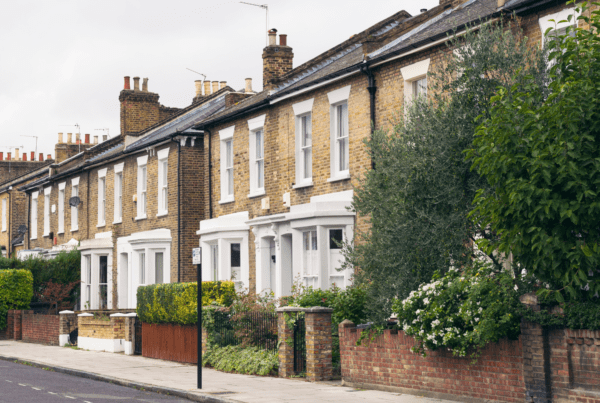
Student HMOs can be an excellent property investment strategy for landlords, albeit those with some experience under their belts. Most major cities in the UK have at least one university, while there are plenty of colleges around too. It’s also not a secret that British education is prized by many countries around the world, attracting tens and thousands of overseas student numbers, annually.
So, it goes without saying that student HMO is a successful property strategy that could help you generate a passive income stream with high yields. Provided your HMO property is clean, smart, has good broadband and is within walking distance of a seat of learning, then you’ll pretty much always have it filled during term time.
Running an HMO is not all a bed of roses though and can be hard work as there are hoops to jump through in terms of licensing. The fire safety restrictions are pretty rigorous too. So, to help you decide whether or not an HMO student property is for you, we’ve listed some of the main pros and cons right below.
Pros of an HMO student property
High yields
The reason, most landlords invest in HMO student properties, is that the yields are quite high. It’s not unusual to command a yield of 10% to 12% with a student property compared to a traditional buy-to-let property, where a yield of 6% is usually considered good. Usually, the more students you have, renting a room, the higher the yield.
Basic accommodation
Your property doesn’t have to be luxurious. Provided the furniture is in good shape, the broadband is great and there’s a host of cooking appliances on tap, most students will be satisfied. Throw in a decent pub within walking distance and a corner shop and you’re set.
Fewer voids
Students rarely move flat between academic years – they’re too busy studying and are usually just glad they’ve found somewhere decent to live with their mates. There is the summer to think about but you’ll find that many students will pay a reduced rent over those months to keep their belongings in one place while they go off travelling or working abroad.

Cons of an HMO student property
Buying furniture
Unlike with family lets, you can’t expect students to have their own furniture, especially if this is their first time away from home. So, be prepared to buy beds, desks, bedside tables etc. in bulk. Then you’ll have to fit out the kitchen, buy a sofa (if you have a living room) and pay for a TV, dining table etc.
Replacing furniture
You can bet that furniture will get pretty well worn over a few years of student use. So, be prepared to replace it. You can claim a landlord expense to cover this cost, provided the replacement isn’t an upgraded version of the original i.e. it has to be a ‘like for like’ item. You’ll have to pay for the new items upfront though and claim the money, at the end of the tax year.
Needing guarantors
You’ll often have to ask students for a guarantor to ensure you get your rent. Few students have any savings, but their parents or another family member are usually happy to agree to pay the rent if their offspring can’t that month.
Run a successful student HMO with our help
Here at Sourced Franchise, we have a team of experienced HMO landlords ready to help and guide you every step of the way on your student landlord strategy. We’ll help you manage your property portfolio and keep you up-to-date on landlord legislation to make sure your HMO journey is as smooth as possible. To find out how Sourced Franchise can help you generate an income from HMOs, download your copy of our Sourced Network prospectus.



